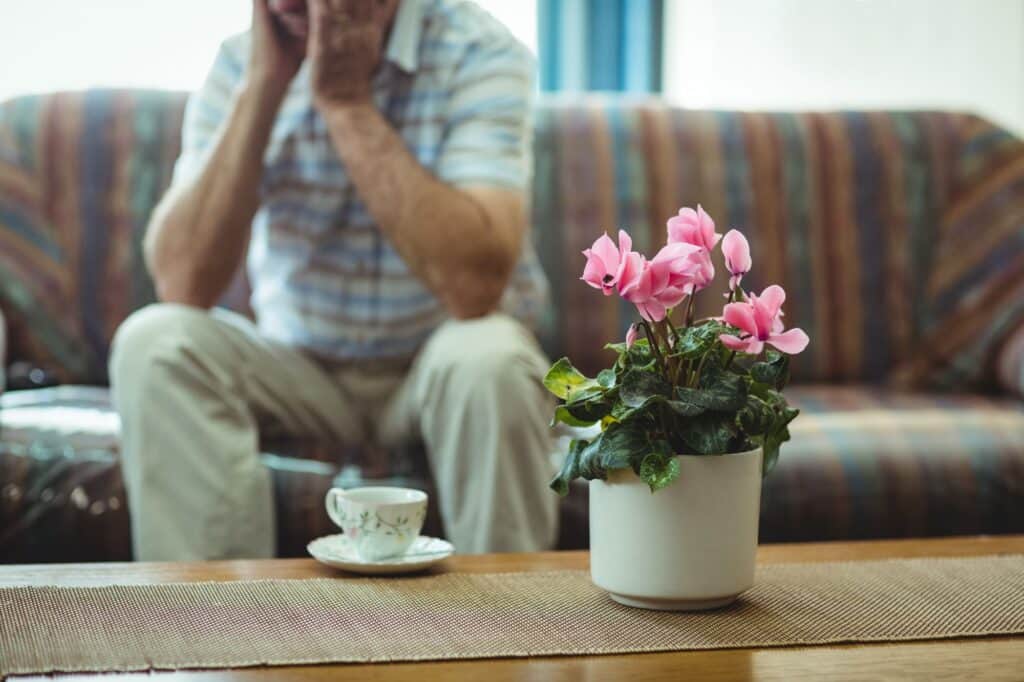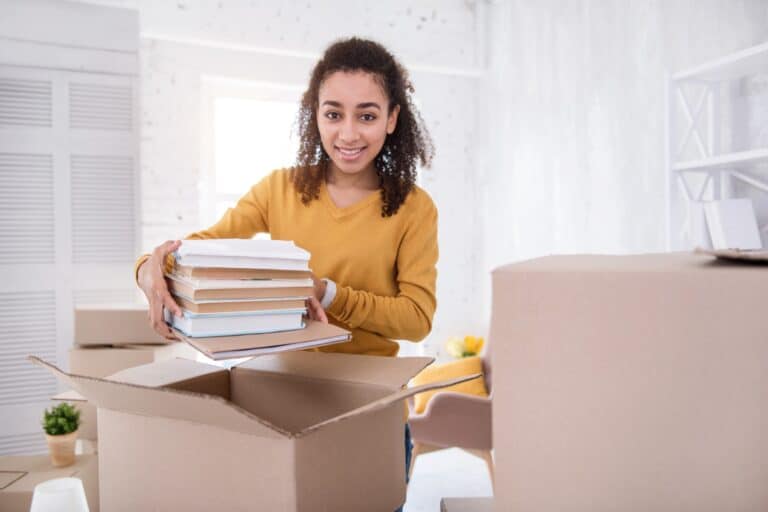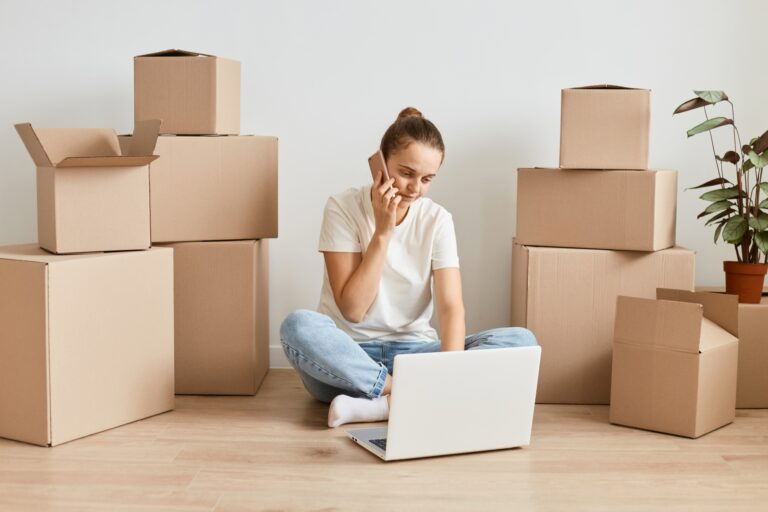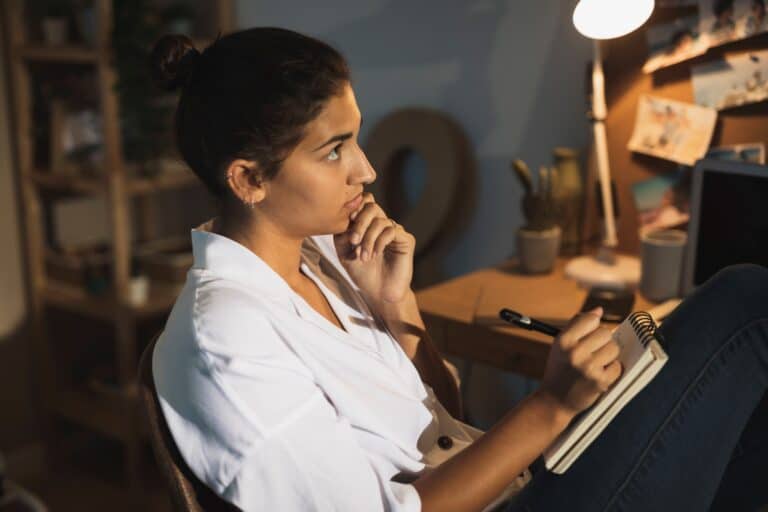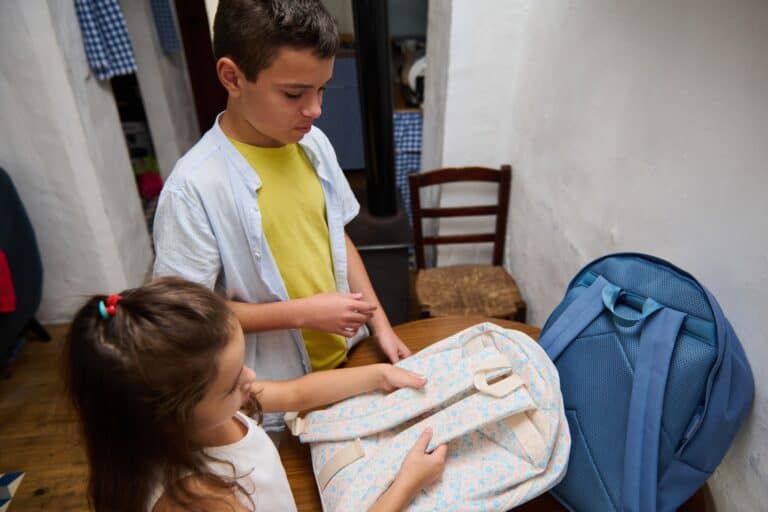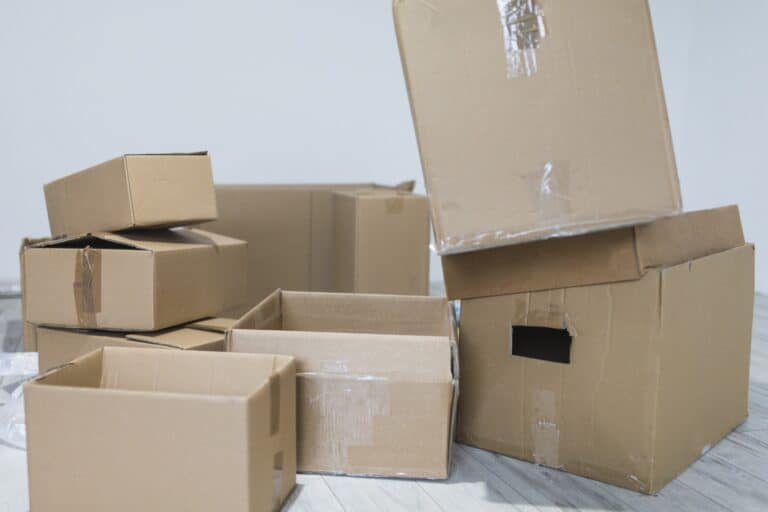Worried about your fragile items breaking during a move? This guide will show you exactly how to pack fragile items to ensure they arrive safely. We’ll cover essential packing supplies, best practices, and insider tips to protect your delicate belongings every step of the way.
Key Takeaways
- Gather and use high-quality packing supplies like bubble wrap, packing peanuts, and acid-free tissue paper to safeguard fragile items during a move.
- Wrap each fragile item individually with appropriate materials and employ smaller boxes to restrict movement, enhancing protection for glassware, ceramics, and electronics.
- Utilise specialised containers, properly label and secure boxes, and consider self-storage units to ensure the safe transport and storage of delicate and valuable items during a move.
Gather Essential Packing Supplies
Commence your packing process by assembling the appropriate supplies. Opt for high-quality moving boxes as they possess the strength and durability to accommodate your delicate items. Items such as packing paper, bubble wrap, and pliable cardboard are vital for cushioning and wrapping fragile belongings. Scissors and packing tape will help secure your items, ensuring they don’t shift during transport.
When considering the best packing materials, some top choices include:
- Bubble wrap: due to its shock-absorbing properties
- Foam sheets: provide excellent protection
- Packing peanuts: provide excellent protection
- Old towels: provide excellent protection
- Acid-free tissue paper: recommended for delicate textiles and antique fabrics to prevent damage
- Stretch wrap: useful for covering glass or wood items, adding an extra layer of protection.
Remember, the packing process isn’t just about having the right supplies; it’s about using them effectively. Multiple layers of bubble wrap are essential to prevent any glass from touching and potentially cracking. Selecting the right packaging material and employing it effectively can significantly mitigate the risk of damage to your fragile items during the move.
Preparing Fragile Items for Packing
Safe packing of fragile items demands proper preparation. Here are some steps to follow:
- Meticulously plan your packing process.
- Take your time to avoid mistakes that could lead to damage.
- Carefully wrap each individual item, including loose pieces like lids, separately with sufficient padding to ensure they remain secure during the move.
By following these steps, you can ensure that your fragile items are packed safely and securely when packing fragile items and packing delicate items.
Employing appropriate protective materials is vital. Options such as:
- bubble wrap
- tissue paper
- packing paper
- towels
- blankets
serve well for wrapping delicate items. Ensure that each item is wrapped thoroughly, paying special attention to fragile parts like handles or edges. Secure the wrapping with packing tape to hold everything in place.
Utilise smaller boxes for compact, more delicate items to restrict movement and enhance protection. This will help keep these fragile items moving safely and prevent them from shifting during transport. Following these guidelines will ensure that your fragile items stay in one piece throughout the moving process in Finchley.
NOTE
Proper preparation is key when packing fragile items for a move. By using high-quality protective materials and taking your time to wrap each item carefully, you can ensure they remain secure and undamaged throughout the moving process.
Best Practices for Packing Glassware and Ceramics
Due to their fragile nature, glassware and ceramics demand specific care when handling breakable items. Start by using smaller boxes for these heavy fragile items to handle them easily and limit movement during the move. Place a layer of bubble wrap, packing peanuts, or packing paper at the bottom of the box for initial protection.
Each piece of glassware should be wrapped in packing paper first and then in bubble wrap. Secure the wrapping with packing tape to provide extra protection. For plates and bowls, stack 4 or 5 at a time, separating them with packing paper and wrapping the entire stack again. Place a solid piece of cardboard at the bottom of the box before stacking these items.
Finally, fill any extra space in the box with packing peanuts, bubble wrap, or other padding materials to prevent movement and add security. This will help keep your glassware and ceramics safe during the move, ensuring they arrive at your new home intact.
How to Pack Electronics and Electrical Goods

When packing electronics and electrical goods, using the original boxes is the best option if they’re available. These boxes are specifically designed to provide the best protection for the items they contain. Before disconnecting any cables, take a picture of the setup to remember where all the cables are plugged in. This will make reassembly much easier.
To ward off damage, enfold your electronic items in protective materials like bubble wrap or thick blankets. If you don’t have the original box for something like a TV, consider creating a DIY box using wardrobe boxes and packing tape. This can provide a snug fit and protect the TV during the move.
For long-term storage, place silica gel packets around electronics to absorb moisture and prevent damage. This is especially important for sensitive items that can be affected by humidity. By following these steps, you can ensure your electronics remain safe and functional after the move.
Tips for Packing Delicate Furniture
Packing delicate or antique furniture requires a careful approach. Start by disassembling large items like beds, tables, and desks to make them easier to move. Take pictures during disassembly to help with reassembly later. This can save a lot of time and frustration when you’re setting up your new home.
For additional protection, you can:
- Encase delicate or valuable items in bubble wrap
- Use old blankets or moving blankets to wrap around furniture pieces to protect them from scratches and dents
- Secure the wrapped furniture with plastic wrap to keep the blankets or pads in place, then bubble wrap for an extra layer of protection.
If the legs of tables and chairs cannot be removed, here are some steps to protect them during the move:
- Wrap each leg individually with plastic wrap or bubble wrap.
- Place cardboard under the bottom of furniture pieces and secure it with packing tape to protect wooden furniture from damage.
- Adding cardboard to the corners of large furniture pieces can also help prevent damage during the move.
Securing and Labelling Boxes
Properly securing and labelling boxes guarantees the safety of the contents during transport and storage. Using brown packing tape is a common practice due to its strong adhesion and matching colour with cardboard boxes. Clear packing tape is also a good option as it provides strong adhesion without obstructing the view of the box.
It’s important to use plenty of packing tape to secure the wrapping and prevent items from shifting inside the box. Ensure the bottom of the box is well secured with extra strips of tape to support the weight of the contents. Properly sealing the boxes will keep your fragile items safe during the move.
It’s essential to clearly label boxes containing fragile items. Here are some tips for labelling your boxes:
- Use printed tape or write ‘FRAGILE’ on the boxes to ensure they are handled with extra care.
- Label the box with ‘TOP’ and ‘FRONT’ to ensure proper orientation during the move.
- Movers may refuse to move boxes that feel loosely packed or unbalanced, so make sure everything is secure.
Utilising Specialized Containers and Crates
During a move, specialised containers and crates offer enhanced protection for delicate and valuable items. These containers are especially beneficial for items that hold significant financial or sentimental value, such as artwork and antiques. Custom crating provides a snug fit to prevent damage to valuables during transit.
Investing in specialised containers and crates can significantly reduce the risk of damage to your fragile belongings …
Crates are made from sturdy materials like plywood and white pine to guard against impacts and moisture. Custom crates can include foam padding and shock-absorbent materials for enhanced protection. Investing in specialised containers and crates can significantly reduce the risk of damage to your fragile belongings during the move.
Filling Empty Spaces and Hollow Items
Filling voids and hollow items with packing materials adds further protection and restricts movement during the move. Start by layering the bottom of the box with soft packing material like packing paper, bubble wrap, or towels to provide an initial protective cushioning. This helps absorb shocks and vibrations during transport.
To properly pack fragile items during a move, follow these steps:
- Fill hollow items with packing paper to soften vibrations and prevent potential damage.
- Fill empty spaces in the box with various materials such as clothing, bubble wrap, packing paper, or crumpled newspaper to prevent movement and potential damage.
- Properly filled empty spaces enhance the stability and protection of fragile items during a move.
Using Cardboard Dividers for Extra Protection
Cardboard dividers are particularly useful for:
- Glassware
- Plates
- Stemware
- Other fragile glass items
These dividers prevent contact during transit and diminish the risk of breakage, ensuring that your items stay secure and intact.
Using dividers for glasses and stemware has several benefits:
- Prevents them from colliding with each other
- Can be purchased pre-made or crafted at home from spare cardboard boxes
- Organises items neatly
- Provides cushioning by absorbing shocks and vibrations
- More efficient when shipping multiple uniform items together, reducing individual wrapping time.
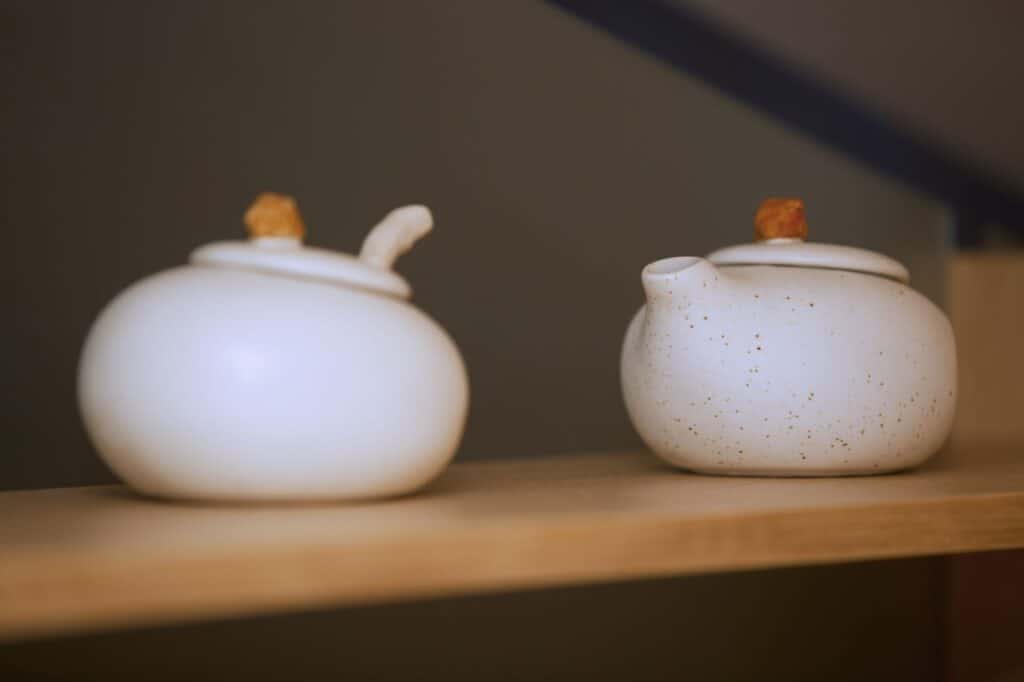
The Benefits of Self Storage for Fragile Items
During a move, self-storage provides a safe haven for fragile items. These storage units provide features like 24/7 surveillance and gated access, ensuring the safety of your belongings. Climate-controlled self-storage units help protect fragile items from extreme temperatures and humidity.
Using self-storage in Finchley during a move offers several benefits:
- It allows you to organise and decorate your new space without clutter.
- It simplifies the moving process by allowing a gradual transition of items.
- Self-storage units offer flexibility with month-to-month leases, helping bridge timing gaps between leases.
Storing items in a self-storage unit can protect them from damage during home renovations. This provides peace of mind knowing your fragile belongings are safe and secure while you make changes to your home.
Proper Insurance and Documentation for Valuable Possessions
To guard against loss or damage, it’s important to secure appropriate insurance and documentation for valuable possessions during a move. Understand the foundational coverage level provided by your removal company.
Verify whether your home insurance policy covers possessions in transit and be aware of any limitations or exclusions. Professional removal companies often have goods in transit insurance, but coverage amounts can be low. Value your belongings before moving to determine if additional moving insurance is necessary for adequate protection. Ensure you obtain written details of the insurance coverage provided by your moving company to assist in making claims if needed.
Summary
Packing fragile items for moving doesn’t have to be daunting if you follow the right steps. From gathering essential packing supplies to securing proper insurance, each step plays a crucial role in ensuring your delicate belongings arrive safely at your new home. By understanding and implementing these tips, you can protect your valuable possessions and enjoy a stress-free moving experience. Remember, careful planning and the right materials are your best allies in this process.
Frequently Asked Questions
What are the essential packing supplies for fragile items?
To pack fragile items, you will need high-quality moving boxes, packing paper, bubble wrap, pliable cardboard, scissors, and packing tape. These materials offer the necessary protection during a move.
How should I prepare fragile items for packing?
To prepare fragile items for packing, wrap each item individually with protective materials such as bubble wrap and packing paper, and use smaller boxes to limit movement. This will help ensure the safety of your delicate items during transportation.
What are the best practices for packing glassware and ceramics?
When packing glassware and ceramics, it’s best to use smaller boxes, add protective layers at the bottom, wrap each item separately, stack plates and bowls with padding, and fill extra space with padding materials to prevent movement. This will help ensure the safety of your fragile items during the moving process.
How do I pack electronics and electrical goods safely?
To pack electronics and electrical goods safely, use original boxes if available, take photos of cable connections, wrap items in bubble wrap, and use silica gel packets for long-term storage to prevent moisture damage. This ensures the items are protected during transit or storage.
Why is self-storage beneficial for fragile items during a move?
Self-storage is beneficial for fragile items during a move because it offers a secure, climate-controlled environment with features like 24/7 surveillance and gated access, protecting items from damage.
